Mars
Article curated by Ed Trollope
Mars. An alien landscape. But could it – does it – or has it ever supported life?

Formation and evolution of Mars
Over 4 billion years ago, there was liquid water on both the Earth and Mars. But we don't know why. Our sun radiates more and more energy as it ages, so back in this early solar system, neither Earth nor Mars should've been warm enough to support liquid water. The hypothesis on Earth is that a massive greenhouse effect kept the planet cosy, but this proposition has holes in it: there doesn't look like there was anywhere near enough carbon dioxide present on Earth to create a big enough greenhouse effect, and there's no evidence of a greenhouse effect on Mars. These leave the planets' evolutionary histories highly mysterious.

High manganese abundances, over 25% MnO, have also been picked up by the Curiosity rover in a crater on Mars. These normally form under highly oxidising, wet conditions, and could indicate high oxygen contents in the early Martian atmosphere, or water flowing through the rocks over very long timescales. However, all our scientific guesses are based on the assumption that, as water and oxidising conditions are needed to produce deposits of manganese minerals on Earth, the same is true on Mars (we don't really know)[1].


Mars today
Ground-based telescopes show polar ice caps on Mars. It turns out these are made of both frozen water and frozen carbon dioxide – and the Mars Express satellite and the Mars Reconnaissance Orbiter have been able to largely quantify how much there is of each. In the atmosphere, the Mars Global Surveyor has measured water vapour, and we also guess there's some hidden under or inside rocks. Indeed, tests on samples brought back to Earth tell us there used to be water there sometime in the past – but maybe not any more. Certain geological features we can see from satellite also indicate there used to be water, because water was needed for them to end up the way they are now. But it doesn't seem to be there now. Scientists think water may be trapped not only in the permafrost (permanently frozen soil) at a significant depth, or much much deeper underground in large frozen reservoirs. However, we haven't found it yet, and it's very difficult to accurately determine the amount of trapped and hidden water[2].

 3
3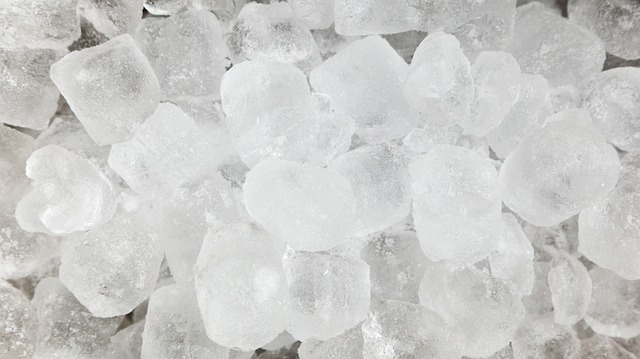
Life on Mars
Many have asked the question - is there life on Mars? But a better question might be was there ever life on Mars? Since we now believe there was once liquid water on the surface, this is a very strong possibility, but we have no evidence of it yet. This question is a driving force behind several Mars missions from Curiosity (NASA) to ExoMars (ESA). Life could mean anything from plants to microbes to intelligent beings, things that once inhabited the red planet and left their stamp on it. It is just possible too that some microbial life has persisted despite the harsh conditions of today, but not many scientists are banking on it.


 2
2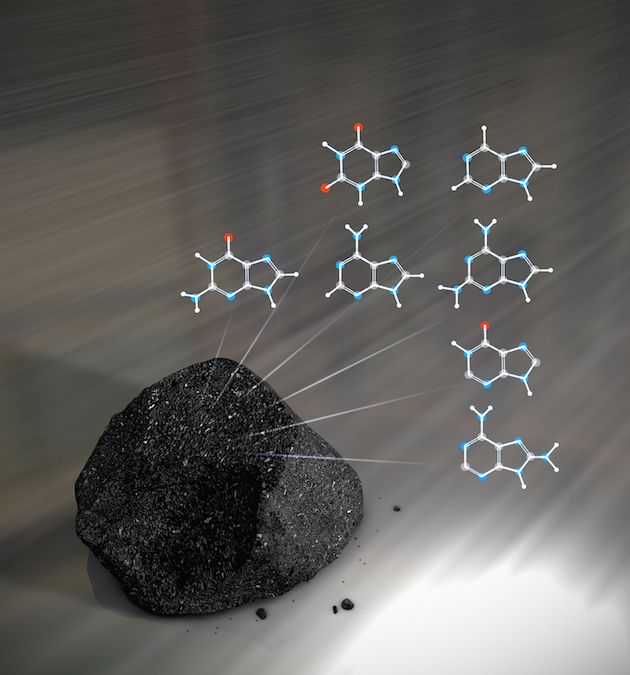
Learn more about /origin of life.


 3
3The structure of Mars
We know how big Mars is: its radius is 3,389.5 km across. It's core radius inside the planet is known too (with some uncertainty): it's between 1,300 km and 2,400 km. We can get estimates of the outside by looking through telescopes, but we measure the core using the planet's moment of inertia, or ease of rotation. We're also pretty sure the core is metallic: evidence suggests there used to be a global magnetic field on Mars, just like there is on Earth today, but there isn't any more. Scientists from NASA are carrying out measurements which will help us find this and other information out, for example, measuring seismic waves caused by the heating and cooling of the planet to obtain better data on what we already know and discover if the core is solid or liquid.


The magnetism of rocks, particularly in craters, which allow us to dig down to some depth, can be used to map out a planet's magnetic history. Today, the Martian magnetic field only occurs in concentrated areas and doesn’t encompass the planet. But sometime back in history, convection currents in the core led to a global magnetic field. Scientists aren't quite sure what happened, but we do know that 4 billion years ago, two large impact craters, Hellas and Argyre, formed and cooled without magnetisation, so we know it was gone by this time at least.

Observations made by missions to Mars since the 1970s have revealed a startling difference between the northern and southern landscapes on the planet. The northern hemisphere is low and flat, covered by lava flows. The southern half of the planet is higher and much older (we can tell this by the vast number of overlapping meteorite impact craters compared to up north). It is difficult to tell how the two hemispheres have ended up so different: it's not like they're small areas at all! Movement of the crust and mantle could lie behind it, but understanding of these movements on Earth is still limited, let alone on Mars. On the other hand, some have suggested that the entire northern half of the planet is a basin left by one or more very large impacts. It's possible, but to be sure we'd need further geological evidence of the debris released by an impact of this magnitude.


Although Mars is home to the largest volcanoes in the solar system, there is no evidence of any of these erupting within the last hundred million years – only minor eruptions have been detected in the last two million years, and even these are rare, and hard to observe (it'd require having a spacecraft such as Mars Express in orbit and practically directly above the event while it happened, a highly unlikely confluence of events). Still, the evidence we have leads us to ask questions about Mars' volcanic activity: is it calming down? Are we due a major eruption soon, or have the big volcanoes settled down forever? And, if activity is changing, why?

 2
2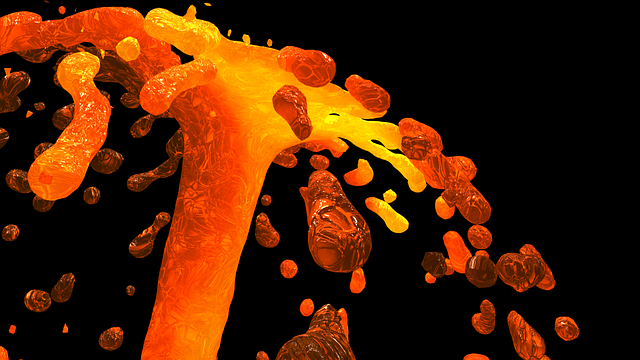
The Martian atmosphere is changing. Due to solar winds, the planet is slowly losing its atmosphere, although the rate of loss is still unknown. The main atmosphere was lost 3.7 billion years ago along with the magnetic field loss, which left the planet vulnerable to solar winds. Now, the very thin atmosphere that remains could give us clues to the original climate and conditions on Mars.

One thing detected in the Martian atmosphere is methane gas. We can see it with telescopes here on Earth, and we detected it during the Mars Express mission. But methane is easily destroyed by cosmic radiation, and with no magnetic field around Mars, this happens all the time. So why is it still there? The only logical conclusion is that it's being produced on Mars, so new methane comes to replace the methane that is readily lost. Methane is made in lots of different ways. By life (think bacteria, organic decay, or cows farting), or by geological mechanisms such as serpentinisation, or by UV impact on meteorites (which coincidentally happens under Mars-like conditions). More data are needed from the regions of the martian surface where this methane has been detected to begin to determine it's source, however the issue is clouded by the fact that these processes are not mutually exclusive, and so even if we can identify one of these occurring, it does not rule out the possibility of methane being produced simultaneously by an alternative process.


 2
2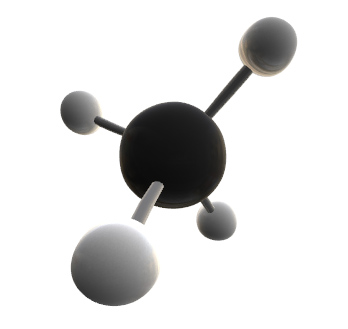
Scientists have speculated that maybe methane leaches out of the ground, creating the high (410 parts per trillion by volume) concentrations at the surface[3]. But this never reaches any height. Whilst at night when the rover is awake, the methane accumulates, during the day scientists think bigger convection currents stir it up, diluting it with the rest of the atmosphere and leading to low level (< 50 parts per trillion by volume) TGO readings.
If this theory is correct, scientists estimate the leaching rate must be 2.8 kg per Martian day. Which is a pretty cool thing to put a number on.
Scientists would still need to explain where the methane comes from and where it is disappearing to so fast.


Moons and seasons
Planets spin on their axes, giving rise to the cycle of night and day, but we also know that these axes are tilted with respect to the plane in they orbit the Sun. This is how we get seasons. The angle of this tilt (or obliquity) should be constant for a fixed orbit, but orbits do change very slightly (due to gravitational interactions with the other planets of the solar system), leading to small variations in obliquity. Calculations show that moons such as our own can have a stabilising effect, reducing the variation of this obliquity, but Mars lacks any significantly large natural satellites. So the planet's angle might vary a huge amount. This could lead to all sorts of changes in climate over geological timscales. So far, we've done a lot fo work computer simulating them and trying to imagine back Martian history. However, we don't know if we've included all contributing factors, and we can't observe the effects directly: the timescales are far too long!

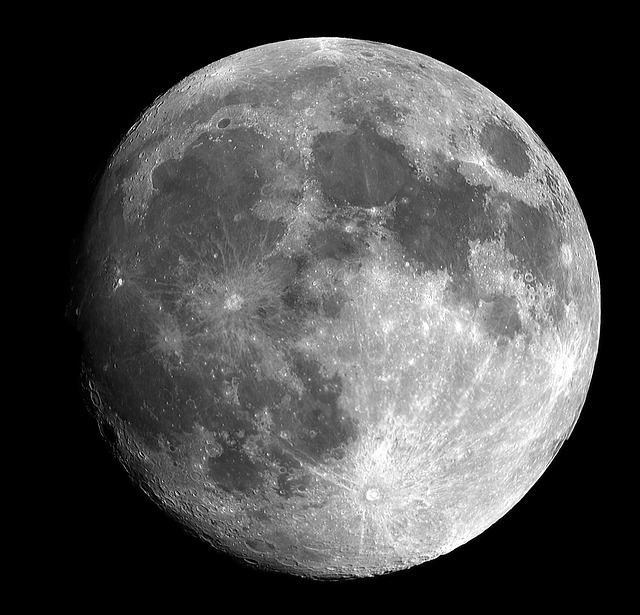


 2
2This article was written by the Things We Don’t Know editorial team, with contributions from Ed Trollope, Jon Cheyne, Cait Percy, Rowena Fletcher-Wood, and Alice Wayne.
This article was first published on 2021-11-10 and was last updated on 2021-11-10.
References
why don’t all references have links?
[1] Lanza, N. L., Wiens, R. C., Arvidson, R. E., Clark, B. C., Fischer, W. W., Gellert, R., ... & Zorzano, M. P. (2016). Oxidation of manganese in an ancient aquifer, Kimberley formation, Gale crater, Mars. Geophysical Research Letters, 43(14), 7398-7407.
[2] Leshin, L. A., Mahaffy, P. R., Webster, C. R., Cabane, M., Coll, P., Conrad, P. G., ... & Grotzinger, J. P. (2013). Volatile, isotope, and organic analysis of martian fines with the Mars Curiosity rover. science, 341(6153). doi: 10.1126/science.1238937.
[3] Moores, John E., et al. The methane diurnal variation and microseepage flux at Gale crater, Mars as constrained by the ExoMars Trace Gas Orbiter and Curiosity observations. Geophysical Research Letters 46.16 (2019): 9430-9438. doi: 10.1029/2019GL083800.
Recent mars News
Get customised news updates on your homepage by subscribing to articles












